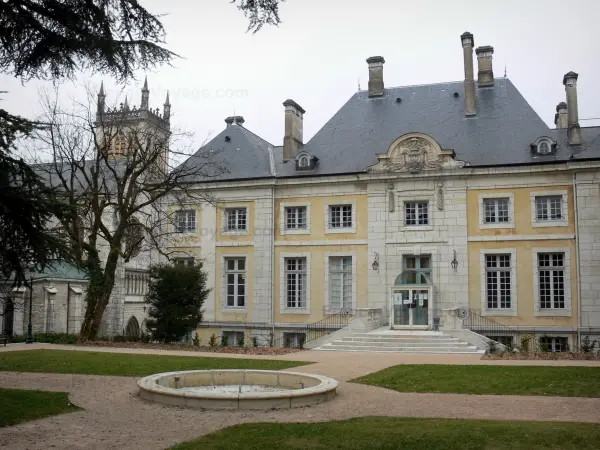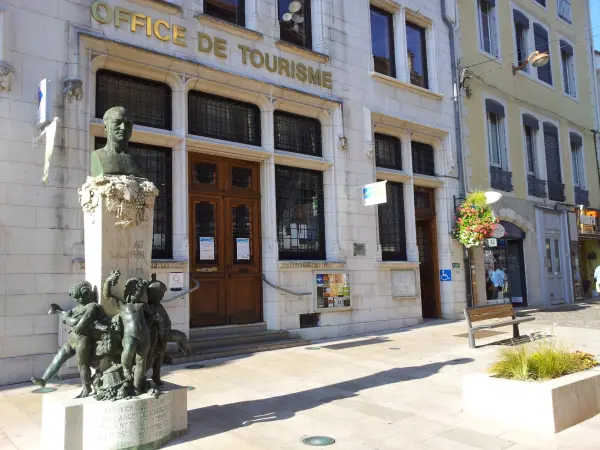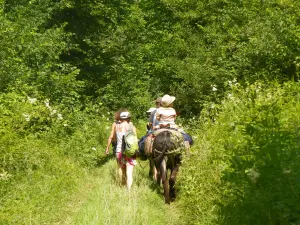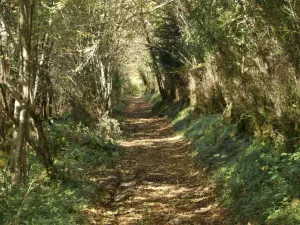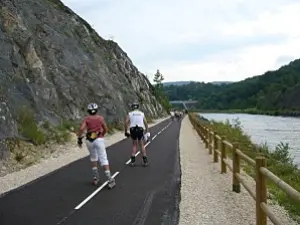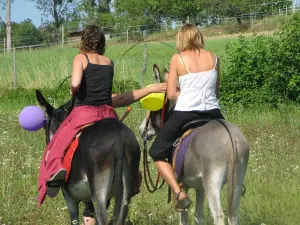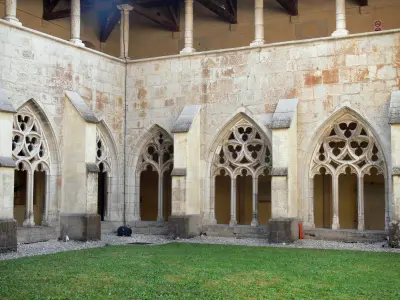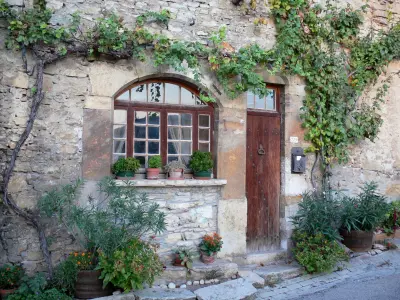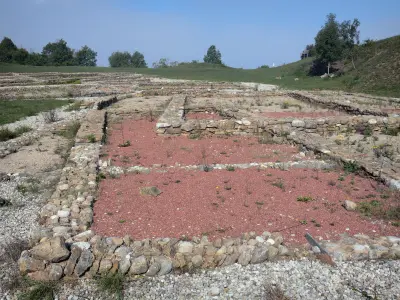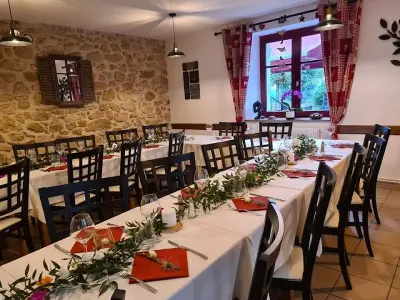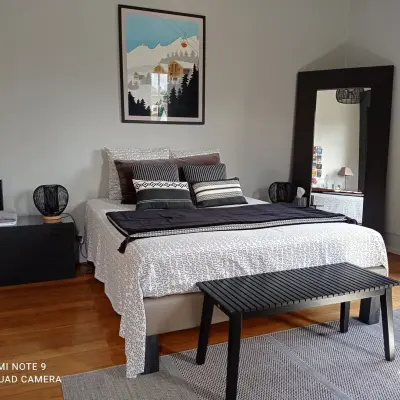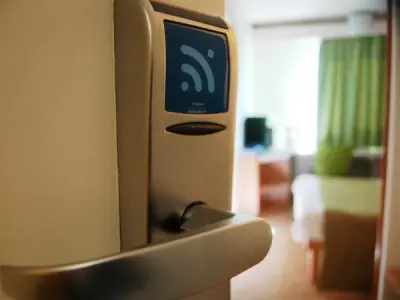Belley is a town in Ain, in the Auvergne-Rhône-Alpes region, 30 km north-west of Aix-les-Bains.
The city with a territory of 22 km² is the historic capital of the former province of Bugey and is located in the upper Rhône valley, dominated to the north by the Grand Colombier which rises to more than 1,500 m above sea level. The Rhône diversion canal crosses the east of the town.
Seat of a bishopric from the 5th century, Belley belongs from the second millennium to the Holy Roman Empire while being influenced by the county of Savoy. Burned down in the 14th century, rebuilt, the city was finally integrated into the kingdom of France under Henri IV.
In the 19th century, the city became industrialized (tanneries, mechanics, construction of cranes). Some of these activities have disappeared but Belley has managed to preserve its heritage of character and highlights its environment and its terroir. Renowned for its gastronomy (Bugey wines, distilleries, cold meats, cheeses), homeland of Brillat-Savarin, with more than 9000 inhabitants, it also appeals to visitors for its "natural" and cultural leisure offer.
A discovery of the old center of Belley reveals a plunge into a religious and civil heritage which reflects its secular prosperity.
This is the case with the Saint-Jean-Baptiste cathedral: although elements of the 12th century Romanesque building have been preserved (north portal), it was essentially rebuilt in the 19th century in a neo style. -Gothic. We notice its bell tower-porch which rises to 40 m, and inside, furniture and quality works. These include the recently restored wall paintings, a 15th century choir, an 18th century marble statue of the Virgin and the shrine which contains the relics of Saint Anthelme, bishop of Belley in the 12th century. Open every day.
Nearby, the former episcopal palace dates from the 18th century, designed in a classical style on plans by Soufflot, and was the residence of the bishops until the Revolution. Now belonging to the town, it hosts receptions and cultural events and houses the city's media library. Take advantage of its park for a stroll dotted with views of the cathedral and the old town.
Place des Terreaux is at the heart of it. From this central point, between old convents and mansions, a tour of the city includes a number of buildings protected as historical monuments.
On the civil level, let us quote the old hotel of the Dukes of Savoy, with its turret and its galleries (15th century) which will then house the savings bank, the Brillat-Savarin hotel (Grande rue), which dates from the XVIth century but known to be the birthplace of the gastronome author in the XIXth of the "Physiology of taste" (visit of the court possible), or still in the same street, the hotel of the Bailliage (XVIth) where one returned justice until the end of the 19th century. It now houses the Tourist Office.
Cours de Verdun, the Maison Dallemagne (18th century) was a textile factory and then the home of an Empire general. The city's conservatory now takes advantage of the premises. Next door, the town hall has been located since the last war in a 19th century house built by a former mayor.
The Saint-François hotel (19th century), rue Lamartine, the provincial hotel of Bugey (18th century) where the Estates General was held in 1789, the May house and the Vachat house complete this overview, without forget the Lycée Lamartine (18th century), the Vieille porte in rue Sainte-Marie (vaulted passage from the 17th century), the major seminary, and numerous chapels that dot this old center which was once surrounded by ramparts.
Guided tours of this city of character are offered. Information on +33 4 79 81 29 06.
With regard to cultural leisure activities, in addition to the activities (readings, meetings, workshops) offered by the media library (information on +33 4 79 81 47 70), the former episcopal palace regularly welcomes quality artistic exhibitions.
With the "arthouse" label, the municipal cinema of the Harlequin has three rooms. Program on +33 4 79 81 50 03. In addition, concerts and shows are offered throughout the year at L'Intégral (contact on +33 4 79 42 04 12) and at the Reservoir, also known as Espace Robert-Rameaux (information on +33 4 79 42 55 65).
Note in another register, between culture and gastronomy, that visits with tasting of the Kario distillery (labeled Living Heritage Company) are possible all year round. Reservations on +33 4 79 81 02 55.
For athletes, the pools and equipment of the nautical center (swimming pool) are available every day. Contact on +33 4 79 81 17 63.
Other sites designed for people of all ages: a skate-park and a "dirt bike" road on the Saint-Germain-les-Paroisses road, the Sonod multi-sports ground (football, handball, tennis, volleyball) or even the "ludo-sport" course in the Rothonne forest. An arboretum dotted with educational panels next to sound and wooden sculptures, and the Poilu route of the 133rd RI, which combines sporting and historical activities and workshops, complete this set in a green setting.
Picnic tables are also available.
A popular place for hikers, the forest is not the only exercise ground in this area: on foot or by bike, the Via Rhôna which runs along the river from Lake Geneva to the Mediterranean Sea makes it possible to reconcile physical activity and discovery remarkable landscapes! Maps and information on +33 4 79 81 29 06.
